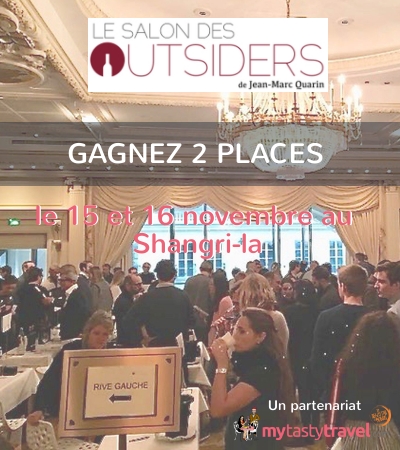Tasting: August 25th 2021
The goal here is to understand the influence of the grape variety on the sparking wine made by the traditional method (bottle fermentation) in France by tasting three different wines from in majority Chardonnay, Pinot Meunier and Chenin each. Those wines had experienced different timing of lees ageing and are produced in warm and cool climate.

Mock Tasting exam D4 WSET 4 – Flight 1 France
| Wine 1
Country: France Region: Provence-Alpes-Côte d’Azur Wine: BRUT DE CHARDONNAY Producer: Château Virant abv: 12% Price: 12 EUR |
Wine 2
Country: France Region: La Loire Wine: Saumur blanc brut, 1811 Producer: Ackerman abv:11,5% Price: 6,70 EUR |
Wine 3
Country: France Region: Champagne Wine: Champagne Briaux Lenique cuvée tradition demi-sec Producer: Champagne Briaux Lenique abv: 12% Price: 19 EUR |
|---|
Mock Tasting exam
Wine 1 – Château Virant Brut de Chardonnay
Appearance
–
Nose
–
Palate
Dry, Flavours of citrus, yellow fruits, flowers and Exotic fruits
Method of production
Reasons for your choice of method of production
–
Assessment of quality
–
Estate information
Made exclusively from Chardonnay. The base wine is made by cold pressing and has a second fermentation in the bottle according to the traditional method used for champagne and crémant wines.
Bottled 4 month after the harvesting that occur at the middle of August. Mechanic harvested.
Mediterranean climate with clay-limestone soil
Wine 2 – Saumur blanc brut, 1811
Appearance
The wine is pale lemon
Nose
Aroma of apple, citrus and exotic fruits
Palate
The wine is dry, flavours of citrus with medium intensity.
Method of production
Reasons for your choice of method of production
–
Assessment of quality
Estate informations
The wine is a blend of Chenin (minimum of 60%), Chardonnay et Cabernet franc. The grapes are picked early at lower minimum ripeness (avoiding the risks of botrytis spilling due to the rain in the late season). Each grape is harvested and vinified separately. During the “blend tasting”, which brings together the technical team (4 oenologists), the most expressive and fruity wines from clay soils are selected for this wine. Many blending proposals are tasted at this time but only the one that is unanimous is retained. After the second fermentation in the bottle, the 1811 cuvée is tasted every four months, which allows its ageing to be followed and the optimal disgorging date to be determined. The wine spends between 18 – 24 month sur lattes.
Terroir
Cool climate and chalky soil
Wine 3- Champagne Briaux Lenique cuvée tradition demi-sec
Appearance
The wine is pale lemon
Nose
Aromas of citrus, mirabelle plum and lime blossom, nuts and dried flowers
Palate
The wine is off-dry flavours of citrus, grapefruit, mirabelle plum and lime blossom, nuts and dried fruits
Method of production
–
Reasons for your choice of method of production
–
Assessment of quality
–
Estate informations
Pinot Meunier (80%), Chardonnay (21%) Pinot noir (9%)
Bottled in July 2018
Blending: 25% of a blend of the 2017 and 2015 and 43% base wine from the harvested year. Pressing at Coquard Traditionnel press. Vinified in stain steel tanks, malolactic conversion, lees ageing for a minimum of 24 months. Disgorgement at a minimum of 3 months before releasing the wine from the winery.
Terroir
Vallée de la Marne, clay and sandy soils producing fruity Meunier. As its bud break earlier than Pinot Noir and Chardonnay, Pinot Meunier is well adapted to the to the valley which experiences spring frost.







Laisser un commentaire